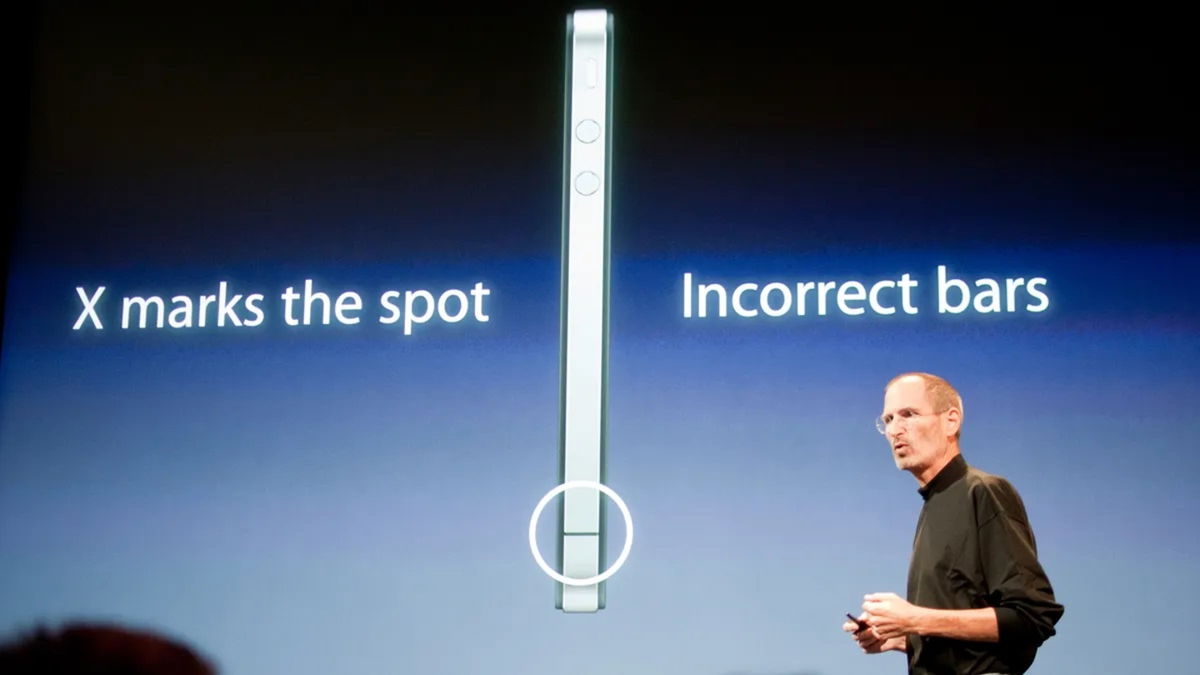The Skoltech press service said that research led by Professor Pavlos Lagoudakis revealed that the exciton-polaritons that make up “liquid light” can form quantum vortices at room temperature. These vortices have unique properties that can be controlled by placing the polariton condensate in special optical traps.
Junior researcher Kirill Sitnik explains that when a polariton condensate is optically excited, it can form arrays of quantum vortices with varying topological charges by occupying two closely spaced energy levels. This opens up new possibilities for creating more efficient optical devices and improving data transmission in fiber optic networks.
Source: Ferra
I am a professional journalist and content creator with extensive experience writing for news websites. I currently work as an author at Gadget Onus, where I specialize in covering hot news topics. My written pieces have been published on some of the biggest media outlets around the world, including The Guardian and BBC News.











